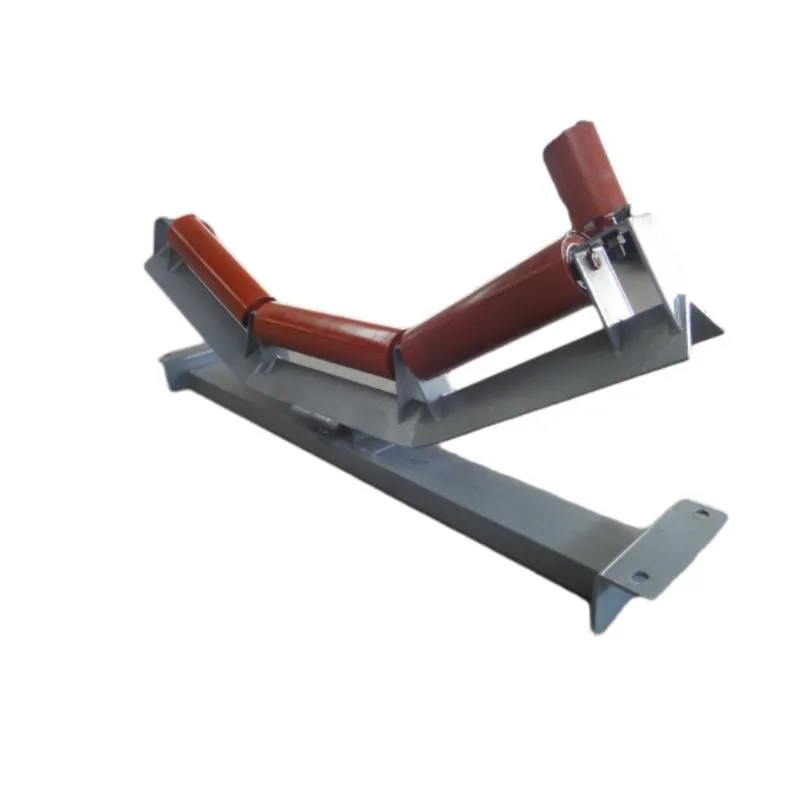 Afrikaans
Afrikaans  Albanian
Albanian  Amharic
Amharic  Arabic
Arabic  Armenian
Armenian  Azerbaijani
Azerbaijani  Basque
Basque  Belarusian
Belarusian  Bengali
Bengali  Bosnian
Bosnian  Bulgarian
Bulgarian  Catalan
Catalan  Cebuano
Cebuano  Corsican
Corsican  Croatian
Croatian  Czech
Czech  Danish
Danish  Dutch
Dutch  English
English  Esperanto
Esperanto  Estonian
Estonian  Finnish
Finnish  French
French  Frisian
Frisian  Galician
Galician  Georgian
Georgian  German
German  Greek
Greek  Gujarati
Gujarati  Haitian Creole
Haitian Creole  hausa
hausa  hawaiian
hawaiian  Hebrew
Hebrew  Hindi
Hindi  Miao
Miao  Hungarian
Hungarian  Icelandic
Icelandic  igbo
igbo  Indonesian
Indonesian  irish
irish  Italian
Italian  Japanese
Japanese  Javanese
Javanese  Kannada
Kannada  kazakh
kazakh  Khmer
Khmer  Rwandese
Rwandese  Korean
Korean  Kurdish
Kurdish  Kyrgyz
Kyrgyz  Lao
Lao  Latin
Latin  Latvian
Latvian  Lithuanian
Lithuanian  Luxembourgish
Luxembourgish  Macedonian
Macedonian  Malgashi
Malgashi  Malay
Malay  Malayalam
Malayalam  Maltese
Maltese  Maori
Maori  Marathi
Marathi  Mongolian
Mongolian  Myanmar
Myanmar  Nepali
Nepali  Norwegian
Norwegian  Norwegian
Norwegian  Occitan
Occitan  Pashto
Pashto  Persian
Persian  Polish
Polish  Portuguese
Portuguese  Punjabi
Punjabi  Romanian
Romanian  Russian
Russian  Samoan
Samoan  Scottish Gaelic
Scottish Gaelic  Serbian
Serbian  Sesotho
Sesotho  Shona
Shona  Sindhi
Sindhi  Sinhala
Sinhala  Slovak
Slovak  Slovenian
Slovenian  Somali
Somali  Spanish
Spanish  Sundanese
Sundanese  Swahili
Swahili  Swedish
Swedish  Tagalog
Tagalog  Tajik
Tajik  Tamil
Tamil  Tatar
Tatar  Telugu
Telugu  Thai
Thai  Turkish
Turkish  Turkmen
Turkmen  Ukrainian
Ukrainian  Urdu
Urdu  Uighur
Uighur  Uzbek
Uzbek  Vietnamese
Vietnamese  Welsh
Welsh  Bantu
Bantu  Yiddish
Yiddish  Yoruba
Yoruba  Zulu
Zulu return idler roller
The Importance of the Return Idler Roller in Conveyor Systems
In the world of industrial machinery, efficiency and reliability are paramount. Conveyor systems, which are the backbone of many manufacturing and transport operations, rely on various components to maintain smooth and continuous movement. Among these components, the return idler roller plays a crucial role in ensuring the optimal functioning of the conveyor system. This article delves into the significance of return idler rollers, their functions, and factors to consider for their maintenance and operation.
What is a Return Idler Roller?
The return idler roller is a cylindrical component that supports the return section of the conveyor belt. It is typically located underneath the conveyor system and assists in guiding the belt as it returns to the loading area after having transported materials. While this roller may seem like a simple piece of machinery, it plays a critical role in the overall performance of the conveyor system.
Functions of the Return Idler Roller
1. Support and Stability The primary function of the return idler roller is to provide support to the return side of the conveyor belt. This support helps maintain the belt’s alignment, prevents sagging, and reduces the risk of belt damage during operation.
2. Friction Reduction Return idler rollers are designed to minimize friction as the belt travels back to the loading zone. Lower friction translates to reduced wear on the belt and the components of the conveyor system, ultimately extending their lifespan.
3. Load Distribution Return idler rollers help distribute the weight of the materials being transported evenly across the conveyor belt. This distribution is essential for preventing excess stress on any one part of the belt, which can lead to failures or costly downtime.
4. Monitoring and Maintenance Return idler rollers, particularly those equipped with sensors, can assist in monitoring the performance of the conveyor system. They can detect issues such as misalignment or excessive wear, allowing for timely maintenance and preventing unexpected breakdowns.
return idler roller

Importance of Proper Maintenance
While return idler rollers are built to withstand heavy loads and harsh conditions, regular maintenance is essential to ensure their longevity and effective performance. Here are some key maintenance practices
1. Regular Inspection Routine inspections should be conducted to check for signs of wear and tear, such as cracks or deformation. Early detection of issues can prevent more severe problems down the line.
2. Lubrication Many idler rollers have bearings that require lubrication to function smoothly. Regular lubrication can reduce friction and prevent overheating, which could lead to roller failure.
3. Adjustment and Alignment Ensuring that return idler rollers are properly aligned is crucial for smooth operation. Misalignment can cause uneven wear on the belt and lead to increased maintenance costs and downtime.
4. Replacement Eventually, return idler rollers will wear out and need replacement. It is essential to use high-quality replacement parts that meet the specifications of the original design to ensure compatibility and performance.
Conclusion
The return idler roller is a vital component of any conveyor system, playing key roles in supporting the belt, reducing friction, and enabling efficient material transport. Understanding its importance and implementing a regular maintenance schedule can significantly enhance the performance and reliability of a conveyor system. As industries continue to evolve and demand greater efficiency, the role of the return idler roller will remain a cornerstone of effective material handling operations. Emphasizing the importance of this often-overlooked component can lead to improved productivity and lower operational costs, making it a critical consideration for managers and operators alike.
-
Revolutionizing Conveyor Reliability with Advanced Rubber Lagging PulleysNewsJul.22,2025
-
Powering Precision and Durability with Expert Manufacturers of Conveyor ComponentsNewsJul.22,2025
-
Optimizing Conveyor Systems with Advanced Conveyor AccessoriesNewsJul.22,2025
-
Maximize Conveyor Efficiency with Quality Conveyor Idler PulleysNewsJul.22,2025
-
Future-Proof Your Conveyor System with High-Performance Polyurethane RollerNewsJul.22,2025
-
Driving Efficiency Forward with Quality Idlers and RollersNewsJul.22,2025





























